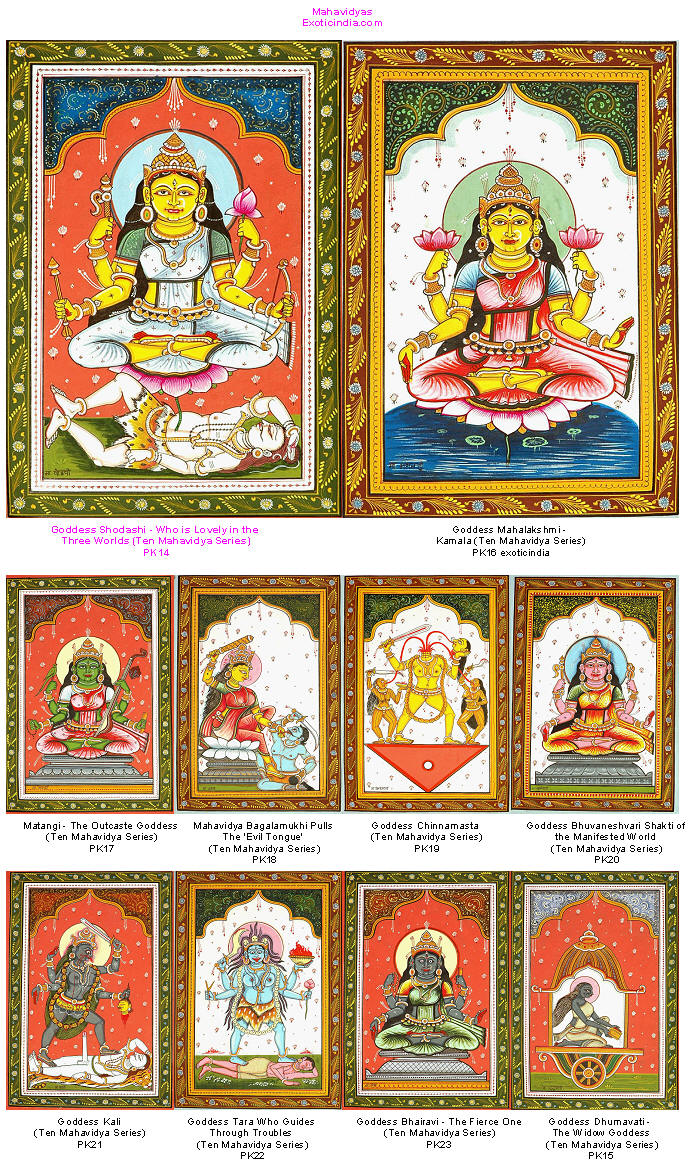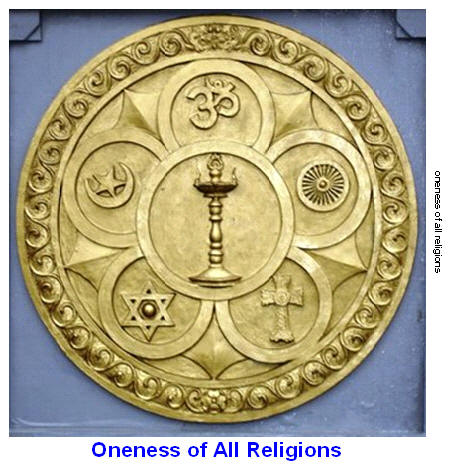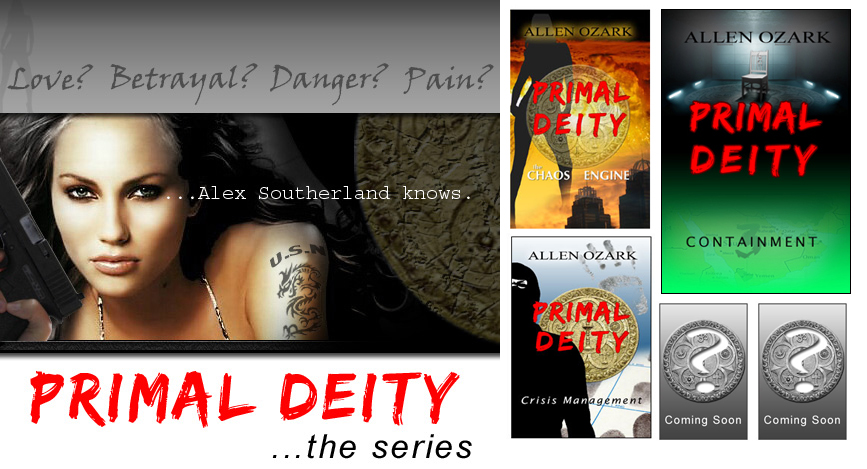 “This whole thing started years back when I wrote Containment, which turned out to be the 3rd book in the series. Then I went back and wrote the first book, The Chaos Engine, originally entitled, Death Peddler. After that, I wrote book 2, Crisis Management (one of my personal favorites), and then books 4 and 5, Early Detection and One Federal Parkway.
“This whole thing started years back when I wrote Containment, which turned out to be the 3rd book in the series. Then I went back and wrote the first book, The Chaos Engine, originally entitled, Death Peddler. After that, I wrote book 2, Crisis Management (one of my personal favorites), and then books 4 and 5, Early Detection and One Federal Parkway.
When I started writing the series, I suspected readers would either love Alex or completely hate her. However, after the first two books were published, I discovered readers love Alex all the way even when they absolutely hate what she does. They’ve connected with her in a unique way and seem to have a genuine concern for what happens to her and the people she loves.

One of the reasons I love the series is we’ve got a main character that, even with her hot temper and all her many flaws, she is 100% real and you connect with her right off the bat. With Alex, there’s a lot she’s dealing with in her life you can identify with whether you’re a biracial child, a smart lady in a male dominated workplace, or you’re trying to balance a rocky personal life with a demanding career. Now I can tell you she doesn’t always do the right thing–frankly, sometimes she makes extremely bad decisions–but, she has a big heart and a good soul. Just read the fist book and I promise you’ll fall in love by chapter 3.
The other characters are just as exciting as Alex. I’ve lost count on the number of folks who say, “Ya know Allen, I didn’t like David Chandler at first, but you get to  know him and you realize he’s a good man.” So, in the back of my mind, I’m always thinking about the series and the characters’ potential for their own story lines and that’s just awesome.”
know him and you realize he’s a good man.” So, in the back of my mind, I’m always thinking about the series and the characters’ potential for their own story lines and that’s just awesome.”
Primal Deities
Primal Deities are the ancient Deities who it is believed created the Gods (or the younger gods as they are called when in reference to these ancient deities). Their worship is now all but forgotten. They are Ashra, Vuh and Elim. It is believed they came from the Primal Chaos. Some very ancient civilizations believed that preceding even the Primal Deities was their creator Arn. Some scholars believe that Time is a fourth Primal Deity.
See the chart below for the interrelationship with each other and with the younger gods.
 The peoples of northern Allansia once worshiped these deities in abundance before the War of the Wizards. Now their worship is limited to a few isolated settlements in the very far north.
The peoples of northern Allansia once worshiped these deities in abundance before the War of the Wizards. Now their worship is limited to a few isolated settlements in the very far north.
Elim – One of the Primal Deities. Also known as the Great Enemy and the Dweller in Darkness, whose aim is to return all to the Primal Chaos. It is thought that Elim created the three High Lords of Evil and Chaos. The Dagger of Elim is an ancient artifact with the power to immediately destroy a follower of Ashra or Vuh.
Ashra – One of the three Primal Deities. A crude translation of this God’s name is Light of the World. Seen as the brother of Life (Vuh). This is thought to represent the fact that these two ancient deities combined to create life and oppose Elim rather than an actual fraternal relationship. Ashra and Vuh created the first families of the Younger Gods. The Staff of Ashra is an ancient artifact. Its power manifests itself when it strikes a follower of Elim and results in their immediate destruction. The peoples of northern Allansia once worshiped Ashra and Vuh in abundance before the War of the Wizards. Now their worship is limited to a few isolated settlements in the very far north.
Vuh – A Primal Deity. A crude translation of his name is Life of the World. Seen as the brother of Ashra. This is thought to represent the fact that these two ancient deities combine to create life and to oppose Elim. Along with Ashra, he created the first families of the younger Gods. The peoples of northern Allansia once worshiped Ashra and Vuh in abundance before the War of the Wizards. Now their worship is limited to a few isolated settlements in the very far north. The Shroud of Vuh is a powerful ancient artifact. The shroud will kill a servant of Elim with a touch, but will not have this affect on followers of the younger Dark Gods. The shroud’s inherent power is that it reverses the physical effects of a spell cast on its wearer by a follower of Elim. Thus, as an example, the damage a magical Firebolt would have inflicted will be reversed and in fact will heal the wearer.
Arn – was believed by an ancient civilization to have been The First. A being beyond imagination and time that created the Gods and let them go on to create what they would. It is said that it was Arn who created and planted the magical Earth from which the world of Titan was made by the Gods. The last people to worship this God were a strange people who dwelt on the Isles of the Dawn. However, these people were devastated by the eruption of a volcano on one of the Isles, which also destroyed the island. The people who live on the remaining Isles now are descended from a separate culture, but Arn is still considered as a philosophical construct. Some scholars have postulated that Arn is the personification of all the forces, Gods, and beings in the universe. Thus, the universe in which Titan resides is “Arn”. In this theory the most gross divisions of Arn’s “personality” are as follows: Ashra represents the “Good”, Elim the “Evil” and Vuh the “neutrality” as the people of Titan might say, although the reality is of course much more complicated.
Time – This is the common name for the God Chronada. However, there is a school of scholarly and religious thought that believes that Chronada is in fact a younger god than Time and was created in the destruction of Time during the First Battle.
Chronada – This is the name in Kakhabad of the God of Time. In other lands, he is simply known as Time. Despite the portrayal of this God to have been a cowering being before the First Battle his powers are unquestionably immense. Some scholars believe this God to have emerged from the Primal Chaos with Ashra, Vuh and Elim. However, fearful of his power, they banished him. There is a school of scholarly and religious thought that believes that Chronada is in fact a younger god than Time and was created in the destruction of Time during the First Battle. This is the depiction of Chronada in the legend of Throben. Either way, in this legend it was the power of Chronada that was invested in the Chronomancer who overthrew the Theomancer and taught the secrets of temporal magic to the inhabitants of Throben. After the overthrow of the Chronomancer by the Necromancer (who’s existence was brought about by Death) the secret of temporal magic was lost to all but the Minimites and the Necromancer. When the Minimites lost their gifts after breaking the power of Chaos only the Necromancer was left with this knowledge and before his death he passed on the secrets to the Archmage of Mampang.


Mahavidya means great knowledge and refers to a female deity; there are ten such deities. Knowledge is transcendental and all that is known, unknown and yet to be known. What Mantra is to a male god is Vidya to a goddess. Mantra or Vidya consists of one or more syllables with or without meaning, words, or phrases representing (being) the sound-body of a deity; there are ten great Mantras or Vidyas. If your name is Joan Smith, the vocalized sound of your name or JS is your sound-body; you and the sound-body are one; that is the power of sound or sabda. Pronunciation of Mantra is important. What if somebody mispronounces your name as John Smythe? Would you answer the caller? The vibrations of deity-specific Mantra, when chanted according to the rules of Tantra, bounce off Yantra , go to the specific deity, gather power, blessings and boons from the deity and come back to the Sadhaka (chanter of Mantra), suffuse him with divinity and confer on him supernatural powers. Yantra = instrument, engine, apparatus, amulet with mystical diagram endowed with protective occult powers (Raksha Yantra). Yantra is a plate or paper on which geometric figures are drawn which concentrate the power of goddess. Yantra is the diagrammatic representation of a deity. Yantra can also be a three dimensional piece. Mantra (or Vidya), Tantra, and Yantra are complementary and necessary for supplicating the deity according to the rules of Tantra, bouncing the petition off Yantra, sending it on its way to the deity, and receiving the rewards from the deity.



